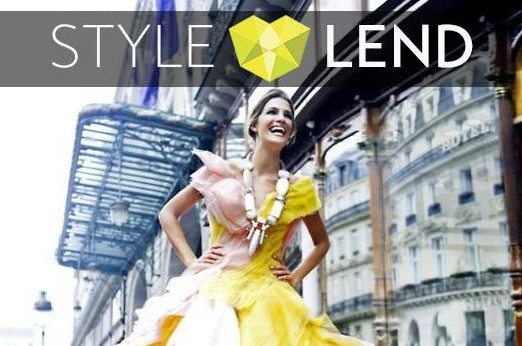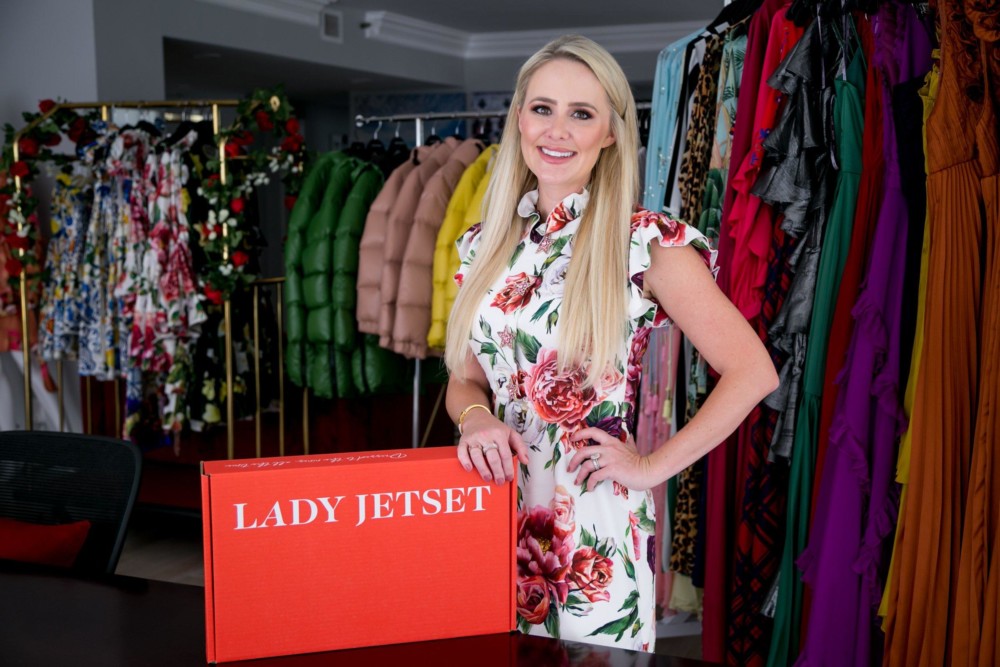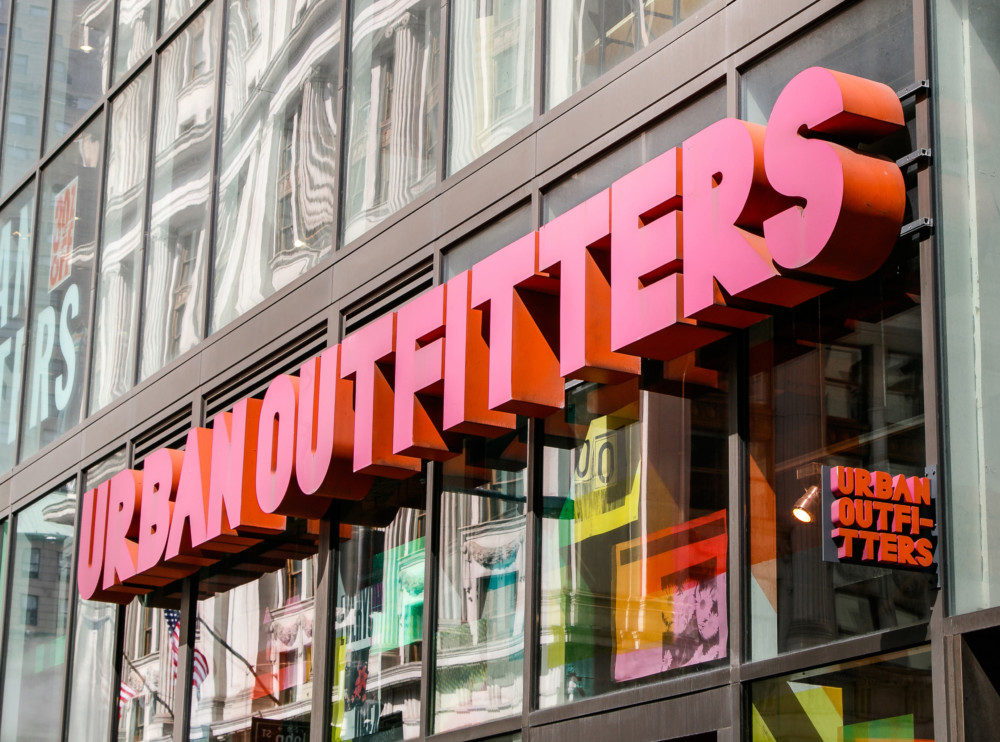By Kristen V. Brown
San Francisco Chronicle.
Not long ago, Lona Duncan was crisscrossing the globe, walking the runway for Versace in Miami and modeling swimsuits in Brazil.
These days, Duncan, is more concerned with business models, as the founder of StyleLend, a Y Combinator-anointed sharing startup that helps monetize designer duds languishing in the back of well-heeled closets.
On Tuesday, StyleLend will be among the latest batch of startups to pitch investors at Y Combinator’s twice-yearly Demo Day.
Duncan is hoping her company will walk away with the startup equivalent of a gold medal — some serious seed funding.
Her other goal: to show women it’s possible to start a tech company, with or without knowing how to code.
“I thought I had no chance (at Y Combinator),” she said, “being a woman and being nontechnical.”
The basic idea behind StyleLend is to rent coveted items from another person’s closet or rent out your own.
For now, it’s limited to high-end dresses and operates exclusively out of San Francisco.
There’s an online catalog of all of the dresses available. When users find ones they like, StyleLend picks it up from the owner and delivers it.
If it fits, 10 percent of the dress’ retail price covers a weeklong rental. At the end, StyleLend picks it back up, dry cleans it and returns it to the owner. For the company’s service, it takes a 50 percent cut. Think of it like an Airbnb for clothes — or the sharing economy’s answer to online dress-rental giant Rent the Runway.
Duncan came up with the idea while on a months-long sabbatical around the globe with her husband, who is also an entrepreneur.
Wouldn’t it be more fun to, say, rent out a fashionable Parisian’s closet when in Paris than to wear the same 10 boring outfits from a suitcase for weeks on end?
Sarah Rosenwinkel has five dresses posted on the site — Marchesa, Dolce Gabana and Vivienne Tam numbers she spent thousands for when she attended frequent charity galas, sometimes several in a week.
She has made a few hundred dollars since putting her dresses on the site in November.
“Sometimes you spend a lot of money on something you just don’t want to part with it,” she said.
Duncan, 33, grew up in Albania and started modeling when she was 16. She kept at it while a student at George Washington University in Washington, D.C., to help pay the bills and continued after college, but her parents encouraged her to make a switch to a career that made better use of her education.
Eventually, she went back to school for her master’s of business administration and started dreaming up ideas for a fashion company. She had also recently moved to San Francisco, and, as she put it, the lure of Silicon Valley began to “seep through” her.
In the fashion world, your looks are your paycheck, but as the female head of a startup in the valley, Duncan says they can be a liability — even with an MBA and geek cred from winning a StartupWeekend hackathon.
Until Y Combinator, Duncan said she often found it difficult to get people to take her seriously as a businesswoman.
She recently read an interview with former JPMorgan banker and San Francisco blogger Michelle Miller that hypothesized to succeed in business, it’s best to be a “seven out of 10” — “attractive enough to be noticed” but “not so attractive that you’re discounted.”
In Silicon Valley, said Duncan, it’s definitely true.
Her company also struggled to attract top engineers.
“It was really difficult to get talent early on,” she said. “People don’t want to put in the time.”
Sam Altman, the newly ascended chief of Y Combinator, said that while most of the founders Y Combinator funds have a technical background — and that technical founders usually find the most success — the seed accelerator does make exceptions for exceptional companies.
“Clearly, she is doing something really interesting,” he said.
Altman has recently pledged to work harder to attract more women to Y Combinator. In the present batch, 24 percent of companies have a female founder — the largest percentage of women since its founding nearly a decade ago.
Duncan plans to slowly expand the site, first to handbags, then maybe to shoes and other clothing. The site now has 400 dresses and about 2,500 users.
In the long run, the goal is to change consumer behavior, modifying the way people shop.
“I really liked modeling,” she said, “but the best thing it taught me was not to take no for an answer.”

















































































































































































































































































































































































